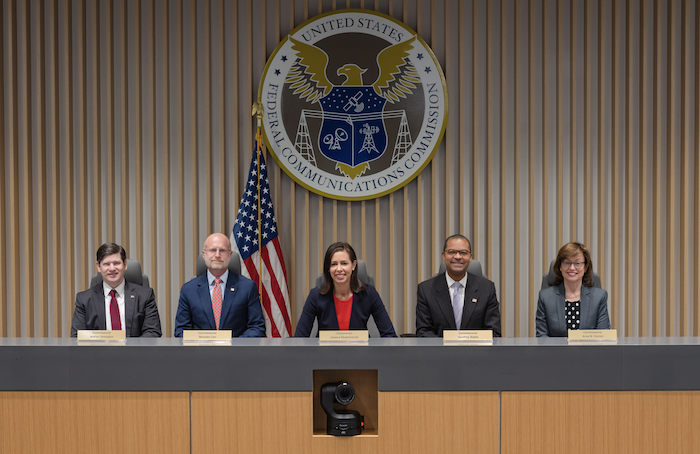In July, Inside Towers covered Project 2025, a conservative plan to remake the federal government advocated by allies of former President Trump, though he has disavowed involvement in it. Pundits believe FCC Commissioner Brendan Carr’s chapter could preview what the senior GOP FCC Commissioner would do if he becomes the next agency chair under a second Trump term.
The Heritage Foundation spearheaded the initiative. It says it does not speak for Trump or any candidate, reports The Washington Post.
Given today’s presidential election, Inside Towers thought reviewing this topic would be timely.
Carr is credited for the portion of the report on the FCC, though he writes that the chapter preparation was a collective effort. Chapter 28 calls for shifting the agency’s focus to reign in tech companies like Google (NASDAQ: GOOG) and Facebook (NASDAQ: META). Section 230 of the Communications Act shields digital platforms from lawsuits over user-generated content. Carr has long advocated for revamping the law on grounds that social media companies are disproportionately censoring viewpoints on the right, which many conservatives allege, reports The Washington Post.
Much of what Carr advocates for in the proposal are issues he’s championed (and Inside Towers has reported on) for a while, such as doing more to ban gear from untrusted foreign-owned telecoms from U.S. communications networks.
Referencing the $3 billion loophole in the Commission’s Rip & Replace program, Carr advocates for a new way to fully fund the program. “A new Administration … should look first at repurposing and applying unused COVID-era emergency funds for this purpose.”
He credits the FCC for modernizing many of its infrastructure siting rules but says more needs to be done. “For instance, the FCC’s prior reforms focused on streamlining the rules for small wireless facilities,” Carr writes. “The FCC should now explore similar action for the deployment of other wired infrastructure by imposing limits on the fees that local and state governments can charge for reviewing those wireline applications and time restrictions on the government’s decision-making process.”
By Leslie Stimson, Inside Towers Washington Bureau Chief





Reader Interactions